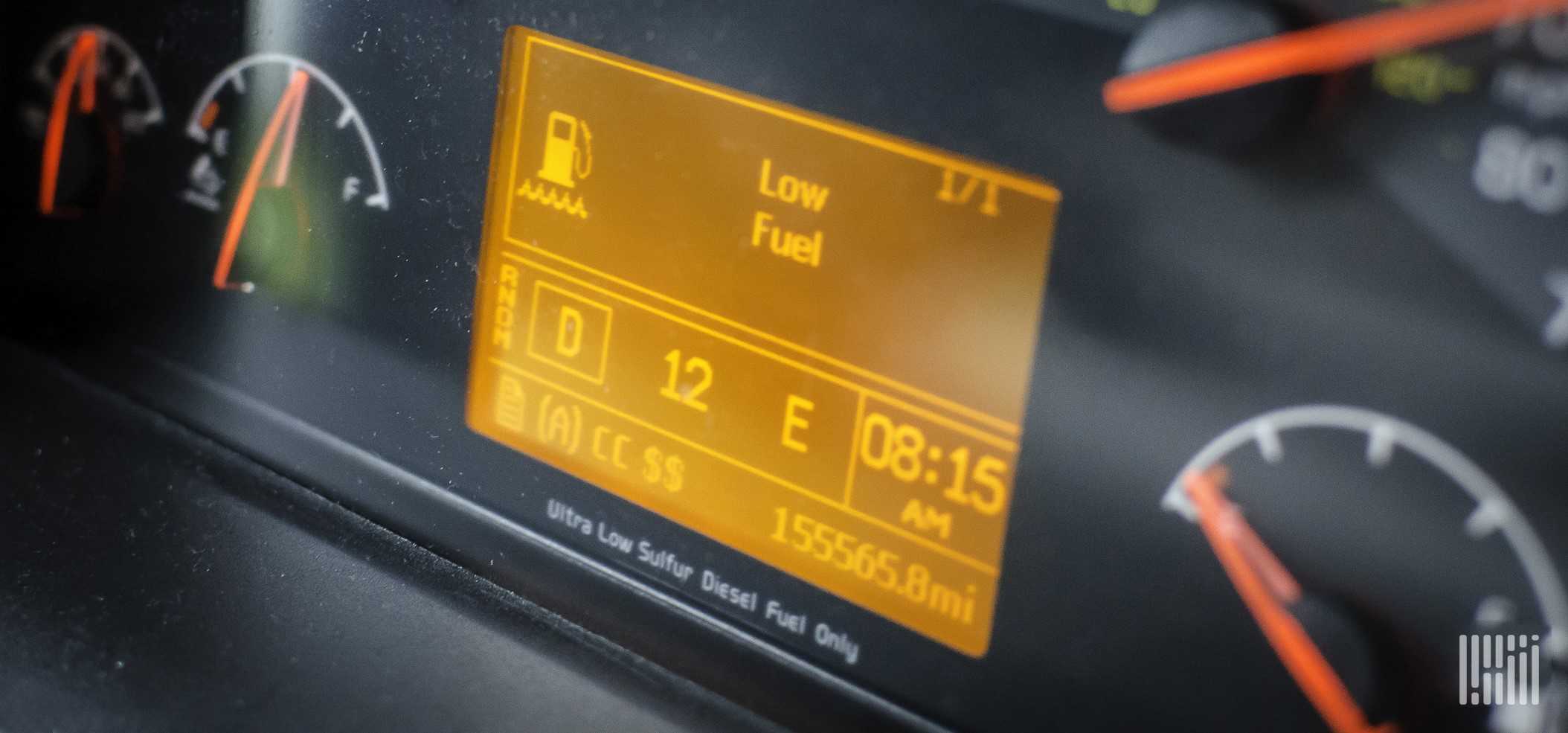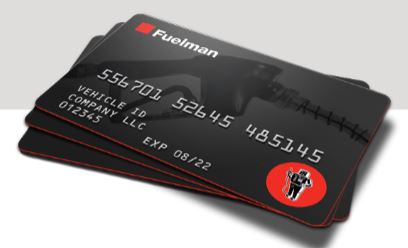Fleet owners are always looking for ways to save money, and with the extreme rise in gas prices, conserving fuel is a great first step to do just that. This article dives into seven ways that you can conserve your fleet’s fuel consumption.
And when you’re finished reading, check out the other articles in our ‘Fleet fuel management’ series:
- 7 ways fleet owners can conserve fuel
- How to save money with a fleet fuel management system
- Best fuel management system for fighting fuel card fraud
What Is the Importance of Fleets Conserving Fuel?
Fuel is a major expense for fleets, which can account for anywhere from 15% to 30% of their operating budgets. This high level of spending can easily be reduced by saving fuel and reallocating that money to other important areas within your fleet operations. By simply cutting down on the amount of fuel used per vehicle each month, you can save thousands of dollars over the course of a year.
In addition to saving money by reducing fuel consumption, there are a number of other benefits to reducing fuel usage. Many of these benefits include decreased emissions, reduced maintenance costs and better air quality for your drivers and surrounding communities. All of these factors will help to improve the overall efficiency and longevity of your fleet vehicles while also reducing your operating costs.
7 Ways to Conserve Fuel as a Fleet Owner
Now that you know why it’s important to save fuel, take a look at how your fleet can conserve fuel.
Reduce Idling Time
Idling is the act of leaving a vehicle running without actually driving it. Although it may seem harmless to leave your car idling for a few minutes while you wait for someone to arrive, it can actually have a negative impact on fuel efficiency. Studies have found that idle time can reduce fuel economy by up to 10%, and the longer you leave your vehicle running, the more fuel you’re wasting. By eliminating unnecessary idling, you can reduce your fuel expenses and improve overall vehicle maintenance by eliminating unnecessary wear and tear on your engine.
Preventative Vehicle Maintenance
Preventative maintenance is the practice of performing regular maintenance on your vehicle. The goal of preventative maintenance is to keep your vehicle operating properly so that it doesn’t break down unexpectedly. The importance of preventative maintenance can’t be overstated. Skipping regular maintenance can lead to big problems down the road, resulting in expensive repairs and possibly having to purchase a new vehicle altogether.
Incorporate Fleet Fuel Cards
Fuel cards allow your company to put limits on spending while keeping your drivers accountable. If your drivers know that you’re tracking their metrics, then they’ll want you to see them at their best. You could see a boost in efficiency as drivers seek to be seen in the best light possible for raises and job retention. Fuel cards can also be a motivational tool that helps drivers stay committed to reaching fuel-efficiency goals.
Efficient Route Managing
If your drivers know you’re tracking their metrics, they’ll want you to see them at their best. You could see a boost in efficiency as drivers seek to be seen in the best light possible for raises and job retention. A driver management system can also help you with route management, allowing for more efficient routes and increased productivity. Using a driver management system, you’ll be able to optimize your routes and reduce fuel consumption and maintenance costs by scheduling routine maintenance appointments for all of your vehicles at once.
Reduce Cargo Weight
Driver management systems are also a great way to reduce cargo weight, as drivers can quickly and easily input the weight of their cargo in an online database. This information can then be used to create a more precise load plan, which will allow drivers to plan the most efficient routes and avoid driving through high-traffic areas whenever possible.
Use Fuel Saving Technology
Driver management systems can also help you track your fuel consumption and reduce waste. Using driver management software, you can track how far your drivers are going each day and exactly how much fuel they’re using. This can help ensure that you’re always driving as efficiently as possible and keeping fuel costs down.
Review Driving Behavior
Objectively review your performance as a fleet manager in terms of the number of trips completed per hour and the number of miles driven per day. Compare this data to past performance to evaluate the effectiveness of your training program and identify potential areas for improvement.
Save Fuel, Save Money
The fuel savings equation is fuel saved per mile divided by cost per mile. For example, $0.03 per gallon saved on 15 miles per gallon = $0.015/mile. Reductions in distance traveled and idle time can help reduce overall fuel consumption by up to 35%. When you implement a driver management solution from a fleet management system, you can take control of your operation and start saving time and money today.
FAQ
Using a fleet management system can help reduce idling simply by drivers having a reminder that they are being tracked. A fleet management system can also have you optimize routes to reduce idling.
Routing uses a driver management system to find the best route based on distance, traffic and pickups and dropoffs to economize fuel usage and drive time.
A good fleet management system allows fleet managers to track their trucks, driver behavior, routing and efficiency all in one place while being able to give actionable intel to drivers on the road.




